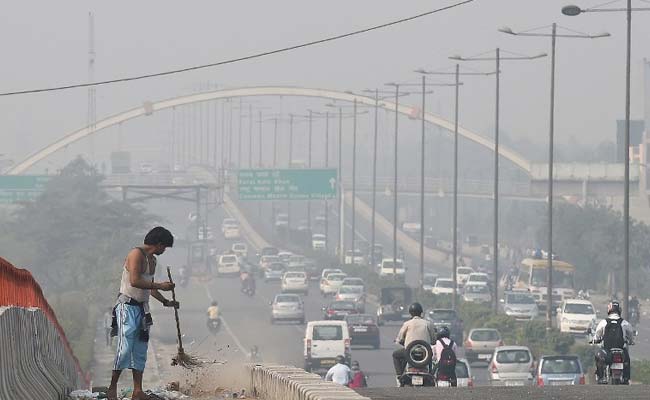After three days of incessant rain, Delhi is now on extreme flood alert with water levels of river Yamuna at an all-time high. After breaching the danger mark of 205 metres on Tuesday, the Yamuna water level continues to rise.
At 8 am today, the water level was 208.48 metres, breaching the previous all-time high of 207.49 metres set in 1978.
The heavy rain in Delhi and surrounding areas, as well as release of water from Hathni Kund Barrage in Haryana are the prime factors behind the flood-like conditions in parts of the national capital, officials say. But experts say that other factors may have also contributed to the crisis that Delhi is facing.
A senior official at the Central Water Commission (CWC) says, "We noticed that the water released from the Hathnikund Barrage took less time to reach Delhi compared to previous years. The main reason could be encroachment and siltation. Earlier, the water would have had more space to flow. Now, it passes through a constricted cross-section."
The barrage has filled up due to very heavy rain further north, in Himachal Pradesh, where the monsoon has brought large-scale destruction.
The water from the barrage at Yamunanagar in Haryana, around 180 kilometres from the national capital, takes around two to three days to reach Delhi.
Manu Bhatnagar, Principal Director of the Natural Heritage Division at the Indian National Trust for Art and Cultural Heritage (INTACH), identified extreme rainfall in a short duration as the primary reason for the swollen Yamuna.
"The same amount of water falling over a longer period of time would not lead to such a situation as it allows time for the water to pass through. Even a lesser amount of precipitation can result in a higher level downstream if it falls in a shorter period of time," he explained.
Bhim Singh Rawat, associate coordinator of the South Asia Network on Dams, Rivers, People (SANDRP), said a major reason for the unprecedented rise in the Yamuna's water level is the riverbed's elevation due to significant silt accumulation.
"More than 20 bridges within the 22-kilometre river stretch from Wazirabad to Okhla obstruct the flow, leading to the deposition of silt in the riverbed and the formation of numerous mid-stream sandbars," he told news agency PTI.
Delhi has imposed prohibitory orders with the situation expected to get worse today. As many as 12 National Disaster Response Force teams are already on the ground for rescue work.
(With PTI inputs)















